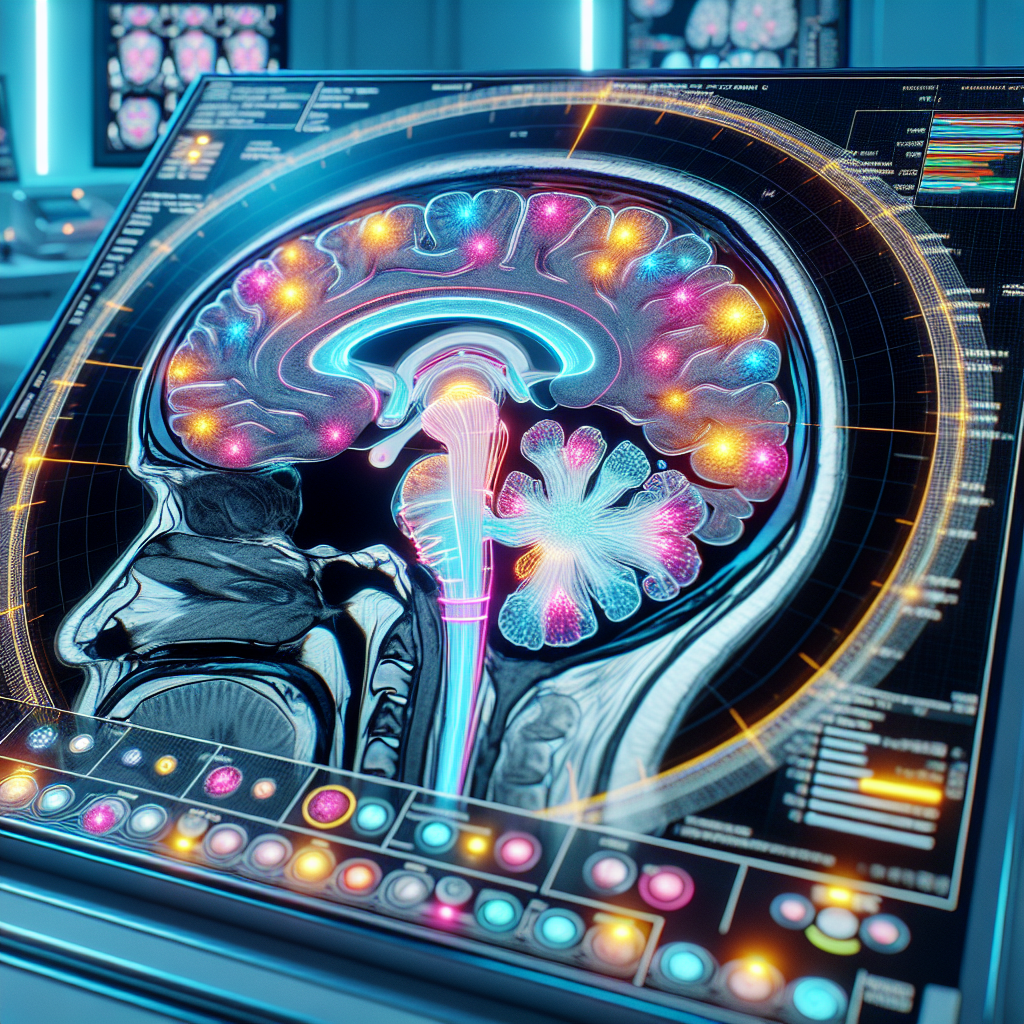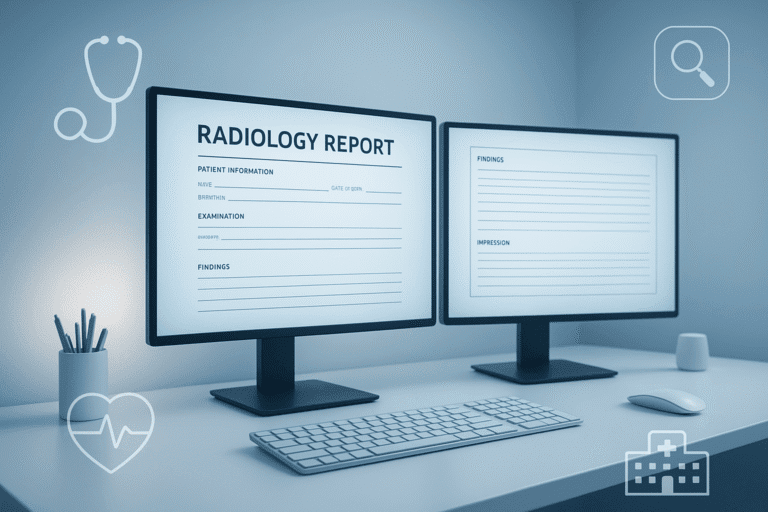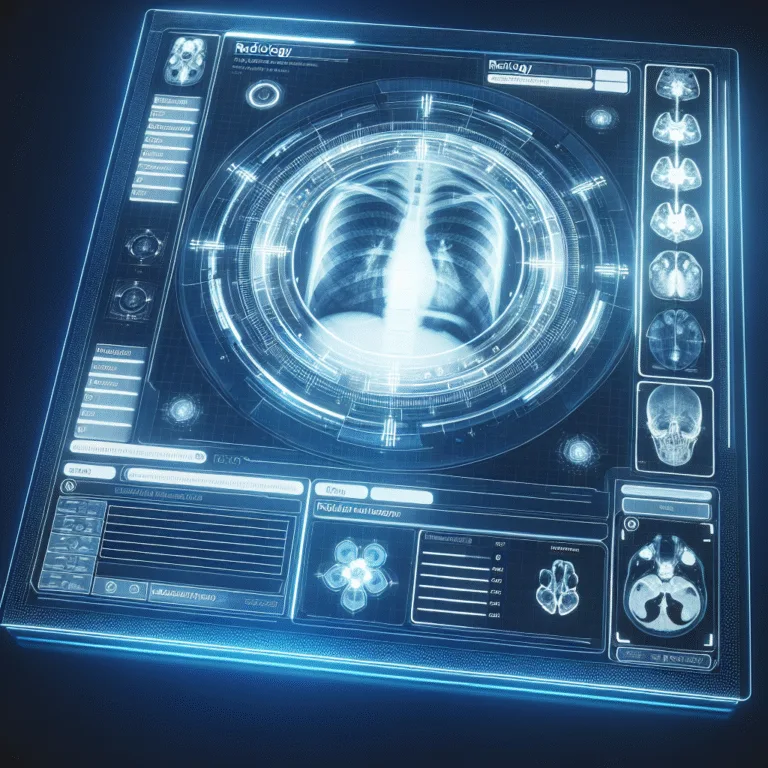Annotated MRI Report Example: A Step-by-Step Breakdown for Residents
Annotated MRI Report Example: A Step-by-Step Breakdown for Residents
Learning to write a high-quality report is as important as the interpretation itself. In this educational post, we provide a detailed, annotated MRI report example. We break down each section—from technique to impression—explaining the “what” and the “why” to help new radiologists develop a clear and effective reporting style.
Crafting a well-structured MRI report is crucial for accurate diagnosis and effective communication with referring physicians. This article provides an annotated MRI report example, guiding residents through each section to enhance their reporting skills. By understanding the nuances of report writing, radiologists can ensure clarity and precision in their findings.
Understanding the Structure of an MRI Report
An MRI report typically consists of several key sections: the header, clinical indication, technique, findings, and impression. Each section serves a distinct purpose and contributes to the overall clarity and utility of the report.
- Header: Includes patient information, date of the exam, and type of study.
- Clinical Indication: Provides the reason for the MRI, guiding the interpretation.
- Technique: Details the MRI sequences used, crucial for reproducibility.
- Findings: Describes the radiological observations in a systematic manner.
- Impression: Summarizes the key findings and provides a diagnostic conclusion.
Annotated MRI Report Example
Below is a sample MRI report template with annotations to illustrate the purpose of each section. This example can serve as a reference for developing a clear and concise reporting style.
Patient: John Doe
Date of Exam: 10/15/2023
Study: MRI Brain without contrast
Clinical Indication:
Headache and dizziness. Rule out intracranial pathology.
Technique:
Multiplanar, multisequence MRI of the brain was performed without intravenous contrast. Sequences include T1, T2, FLAIR, and diffusion-weighted imaging.
Findings:
- No acute intracranial hemorrhage.
- Normal ventricular size and configuration.
- No evidence of mass effect or midline shift.
- Mild chronic microvascular ischemic changes noted in the periventricular white matter.
Impression:
No acute intracranial abnormality. Mild chronic microvascular ischemic changes, likely age-related.
Enhancing Reporting with AI Tools
Utilizing AI tools like Rad Report AI can significantly streamline the reporting process. These tools offer voice dictation and automated suggestions, reducing the time spent on report generation while maintaining accuracy.
AI can assist in identifying common patterns, suggesting standardized terminology, and even flagging potential inconsistencies in the report. This not only enhances efficiency but also supports radiologists in maintaining a high standard of care.
Best Practices for Writing MRI Reports
To ensure high-quality MRI reports, radiologists should adhere to several best practices:
- Be concise and clear: Avoid unnecessary jargon and focus on pertinent findings.
- Use standardized terminology: Consistent language aids in clear communication and reduces ambiguity.
- Provide a clear impression: The impression should succinctly summarize the findings and their clinical relevance.
- Review and revise: Double-check the report for accuracy and completeness before finalizing.
Adhering to these practices ensures that reports are both informative and easy to understand, facilitating better clinical decision-making.
The Role of Continuous Learning
Continuous education and practice are vital for mastering MRI report writing. Engaging with resources such as Radiopaedia and attending workshops can provide valuable insights and updates on best practices.
Additionally, peer reviews and feedback from experienced radiologists can offer constructive guidance, helping residents refine their skills and adapt to evolving standards in radiology.
By integrating AI tools and adhering to best practices, radiologists can enhance the quality of their reports, ultimately improving patient outcomes. 🚀 Try Rad Report AI For Free — and experience faster, smarter reporting today.







